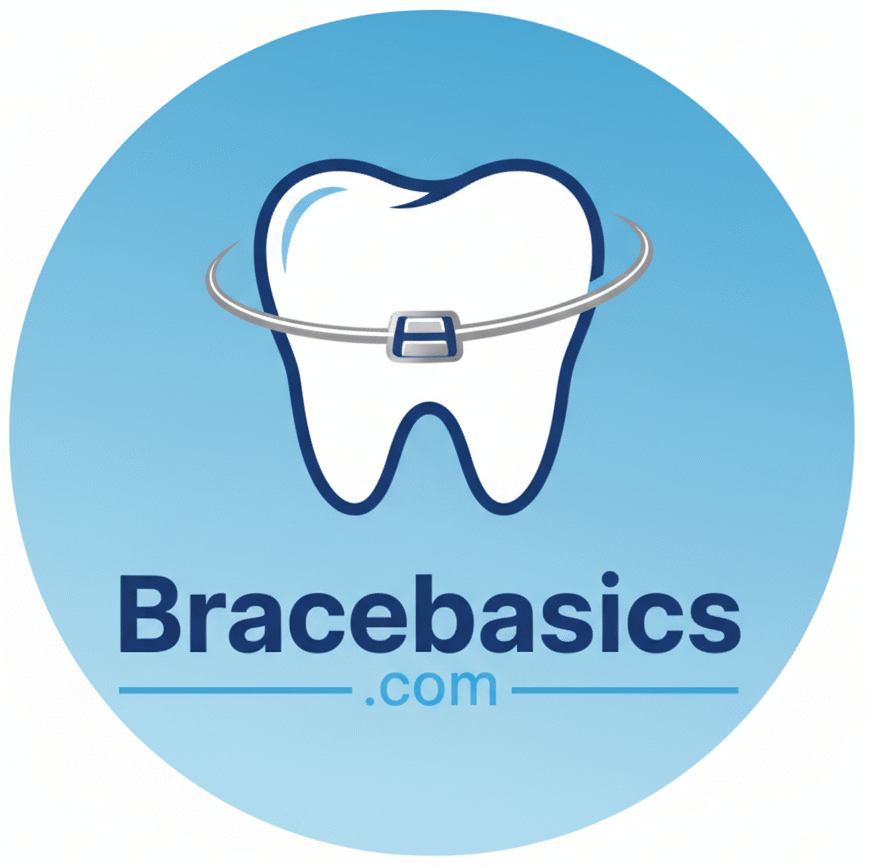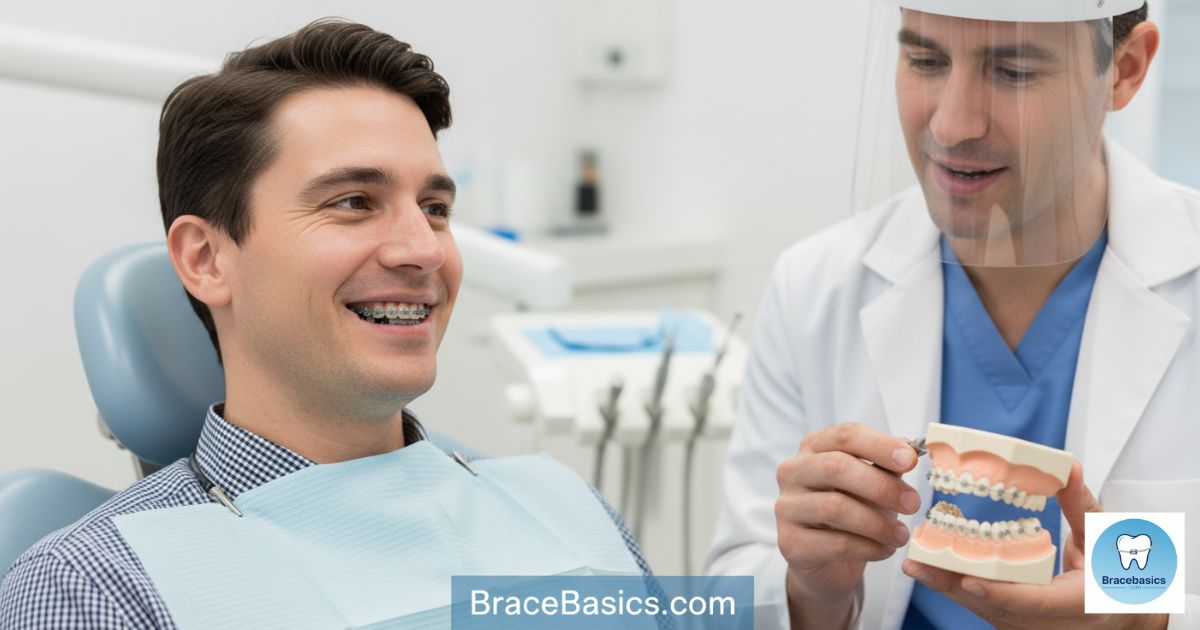Many people wonder, can you get braces with missing teeth? The answer surprises most. Tooth loss is common, yet it doesn’t end your dream of a straight smile. In fact, braces can restore balance, protect your jaw bone, and enhance your smile alignment.
Can you get braces with missing teeth? Short Answer

Yes, you can get braces with missing teeth and in many cases, it’s actually recommended. When a tooth is missing, the surrounding teeth often drift into that empty space over time. This can lead to misalignment, bite problems and even make it harder to replace the missing tooth later with a dental implant or bridge.
Braces help by closing gaps, straightening nearby teeth, and preserving space for a future replacement if needed. For instance, orthodontists may keep that gap open using a spacer or temporary anchorage device so your implant can be perfectly positioned after treatment.
Whether you’re missing one or multiple teeth, an orthodontist will first check your jawbone health, tooth roots, and overall alignment before creating a custom treatment plan. In some cases, braces are paired with dental implants or partial dentures to complete your smile.
Let’s uncover 10 shocking truths backed by orthodontic science that’ll completely change how you think about braces and missing teeth.
Why People Have Missing Teeth Before Braces
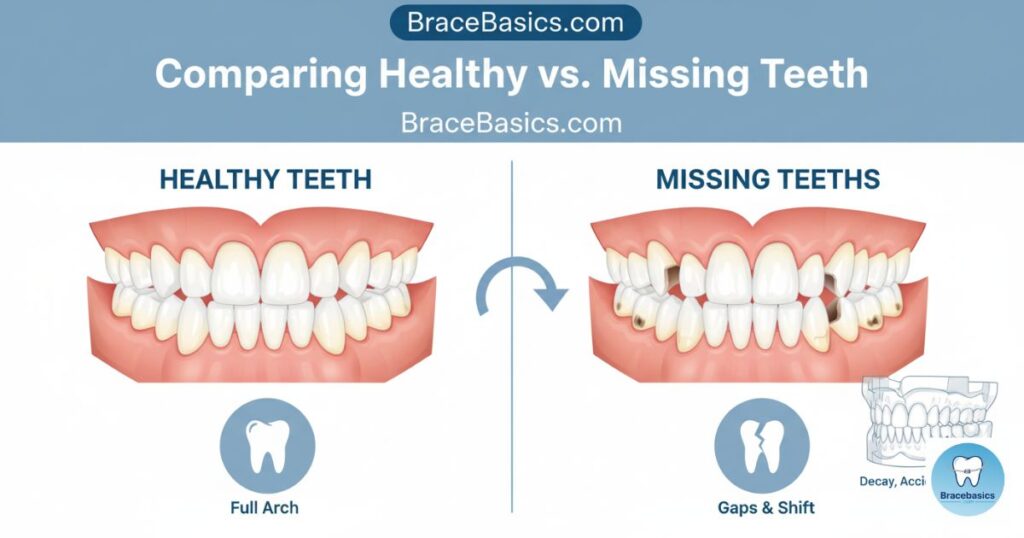
Missing teeth often result from tooth decay, accidents, or genetics. Sometimes, early tooth eruption or delayed permanent teeth can create gaps too. Each missing tooth shifts your bite, causing misalignment over time. Think of your teeth like books on a shelf — when one’s gone, the rest lean.
When primary teeth fall too early, surrounding teeth drift into the space. This causes crowding correction challenges during orthodontic treatment. Addressing missing teeth before braces ensures your healthy bite and prevents uneven tooth movement later on.
Truth #1 – Yes, You Can Still Get Braces With Missing Teeth
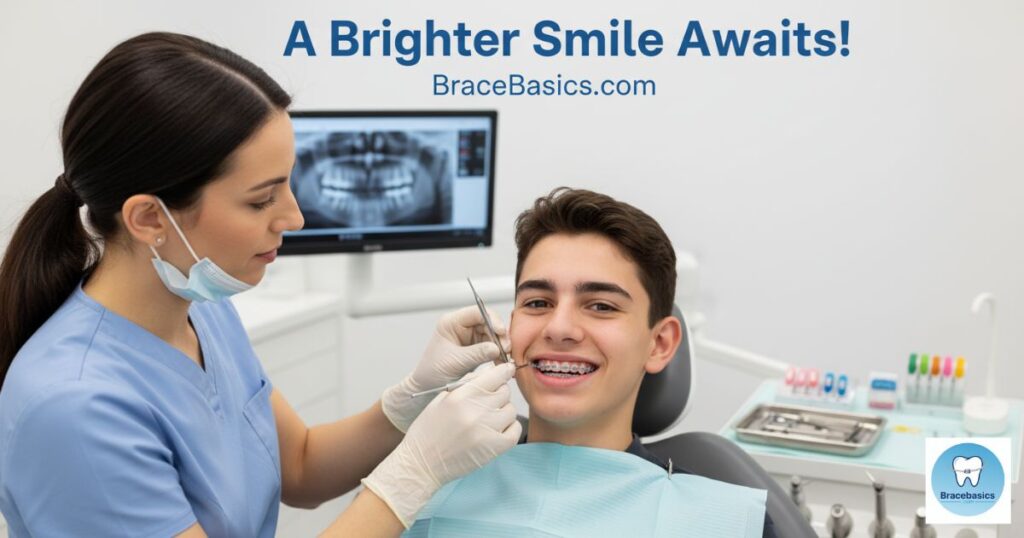
You absolutely can get braces for missing teeth. Orthodontists carefully design your custom orthodontic plan to work around empty spaces. They may use orthodontic appliances to reposition existing teeth and prepare for replacements. Missing teeth don’t block your dream smile; they simply make the plan unique.
Many patients with missing molars or front teeth achieve full smile correction through braces. Whether you’ve lost one or more, braces can still align your teeth and improve your dental stability effectively.
Truth #2 – Braces Can Close or Preserve the Gap
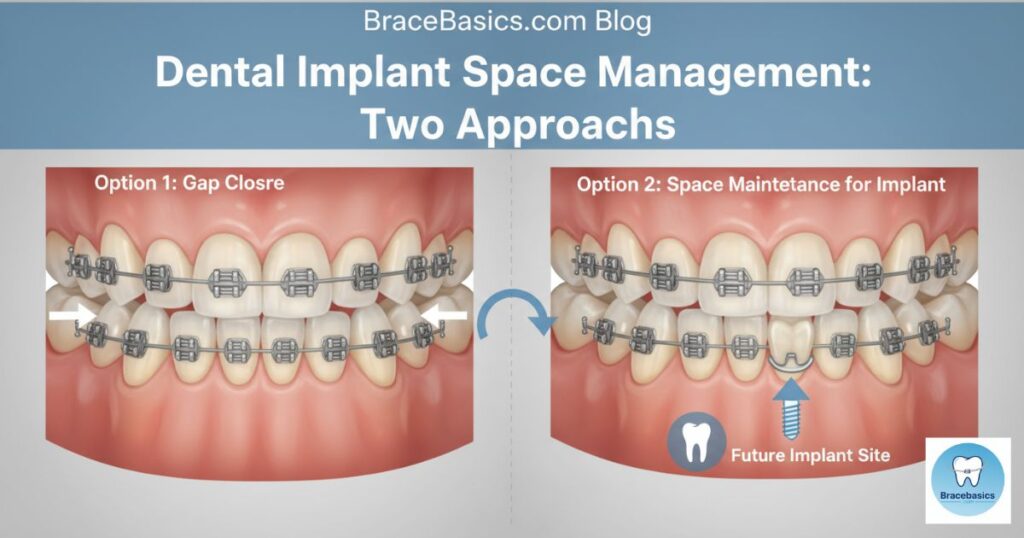
Braces can either close a missing tooth gap or preserve it for a dental implant later. The choice depends on your orthodontic evaluation and overall bite alignment issues. If closing the space benefits the bite, teeth shift inward. If not, braces maintain that gap perfectly.
Orthodontists often use spacers for missing teeth to keep the area open until implant placement timing is ideal. This balance ensures both beauty and function in your future smile.
Truth #3 – Missing Teeth Affect Your Bite More Than You Think
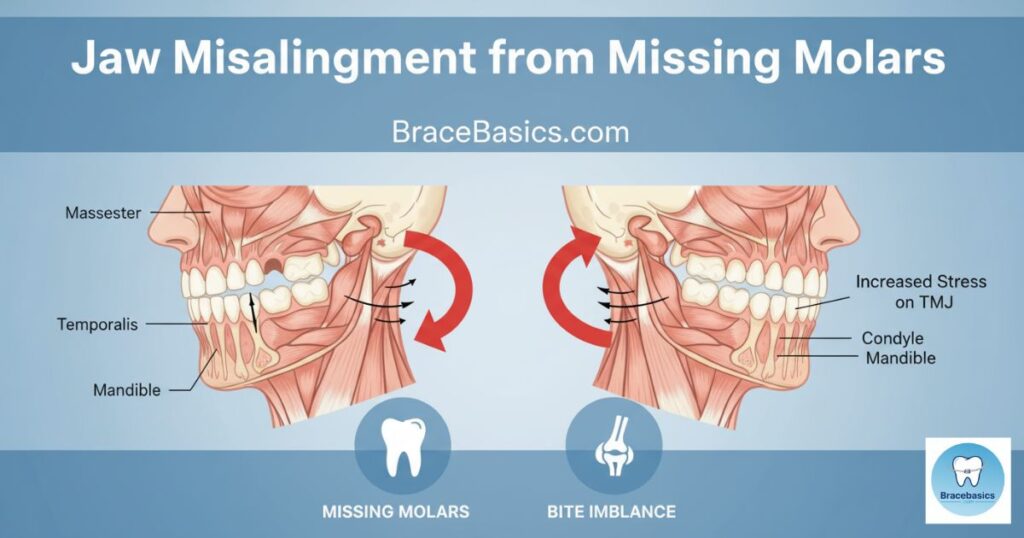
Every missing tooth changes how you chew and how your jaw functions. When teeth drift, tooth gap widens and causes strain on nearby molar and premolar teeth. Over time, this imbalance leads to enamel wear, gum disease, and even TMJ discomfort.
Untreated tooth loss and braces can lead to poor jaw alignment, which affects your entire face symmetry. Proper orthodontic treatment restores balance and reduces the stress placed on your jaw bone.
Truth #4 – Children and Adults Both Qualify for Treatment
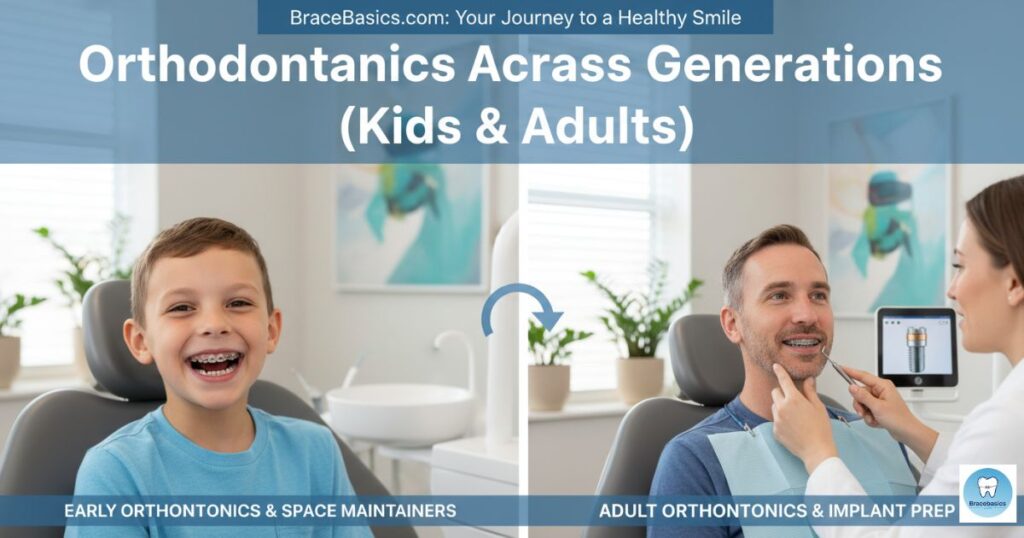
Both kids and adults can start orthodontic treatment with missing teeth. During the mixed dentition stage, braces guide permanent teeth eruption and manage space where primary teeth are lost early. It helps prevent tooth drift and improper spacing.
For adults, braces correct gaps left by past extractions or crowns. They align teeth to make room for future dental restoration or implants, ensuring long-term bite harmony.
Truth #5 – Implants and Braces Can Work Together
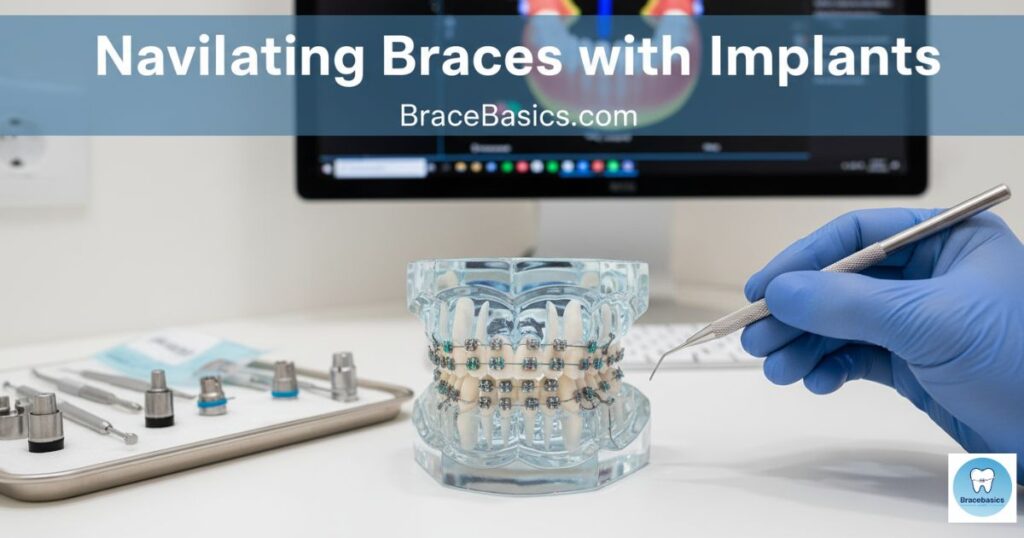
It’s common for dental implants and braces to complement each other. Usually, braces come first to align teeth properly before the implant is placed. Once set, an implant doesn’t move, acting like a fixed anchor during orthodontic adjustment.
Imagine paving a road before putting up a permanent sign — that’s how orthodontists prepare your mouth for precise implant placement timing and perfect tooth replacement planning.
Truth #6 – Clear Aligners Work for Some Missing Tooth Cases
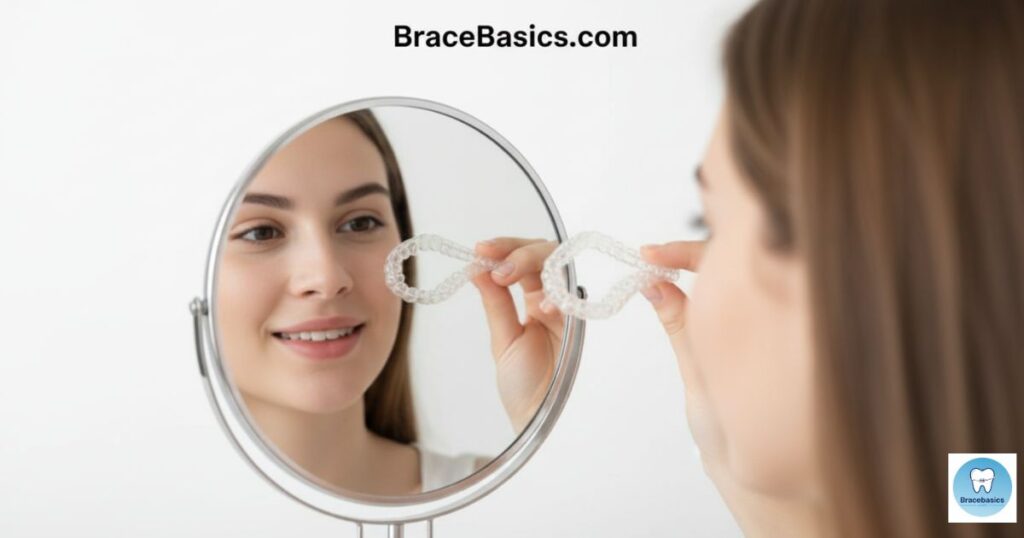
Clear aligners like Invisalign can also treat mild missing front teeth treatment cases. They’re comfortable, nearly invisible, and removable. Yet, for complex spacing or crowding correction, braces still offer more precise tooth movement control and stability.
Aligners work best when the orthodontist monitors tooth drift closely and ensures proper retainer use after treatment to preserve your new alignment.
Truth #7 – Braces Help Prevent Bone Loss and Shifting
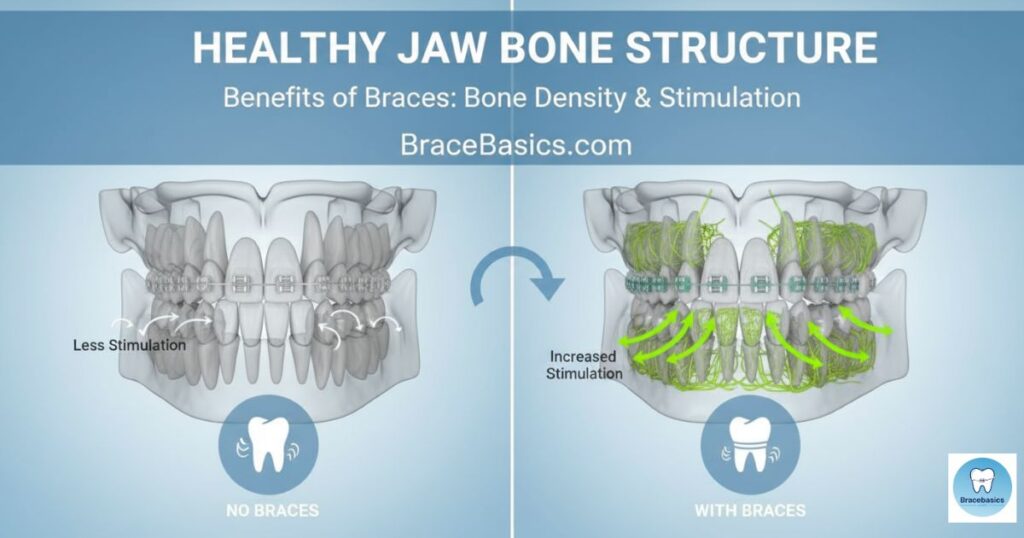
When a tooth is missing, the jaw bone in that area weakens. Braces stimulate tooth movement that keeps bone tissue active and dense. This reduces the risk of tooth drift and misalignment after tooth loss.
Without braces, nearby teeth may tip, twist, or collapse into the empty space. Over time, this domino effect disturbs your bite correction and smile alignment, creating further oral complications.
Truth #8 – Treatment Time Might Be Longer, But Worth It
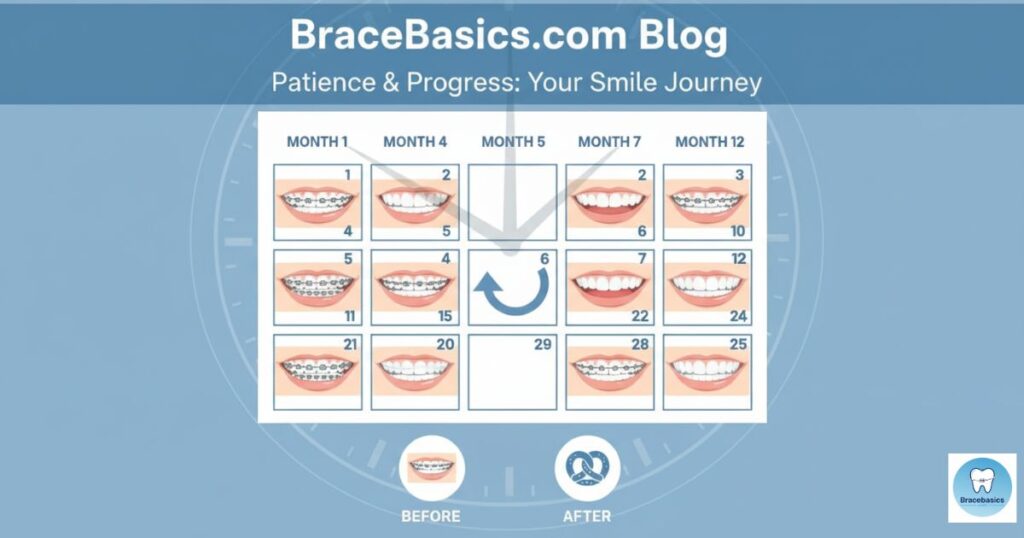
Orthodontic treatment for adults or kids with missing teeth may take longer. This is because braces must move teeth carefully while maintaining space balance. However, the outcome — a strong bite and balanced smile — makes it absolutely worth the wait.
A longer orthodontic treatment plan ensures a stable dental alignment, healthier gums, and lasting confidence. Patience leads to perfection when it comes to complex cases.
Truth #9 – Every Case Needs Custom Planning
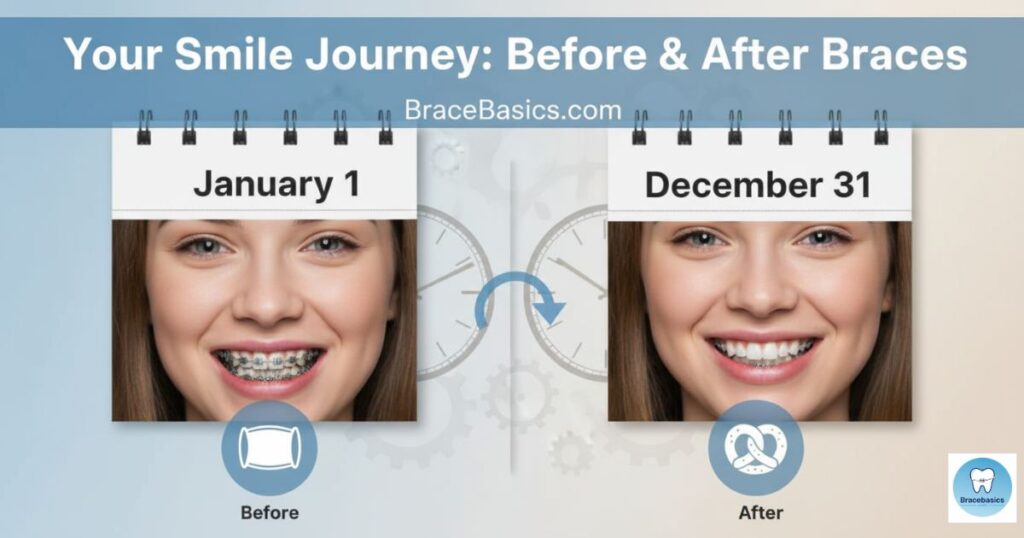
Every smile tells a different story. That’s why orthodontic consultation for missing teeth always starts with X-rays and 3D scans. Orthodontists and restorative dentists work together to map out custom orthodontic plans that restore natural spacing.
Since no two gaps are identical, oral surgeon collaboration ensures every orthodontic outcome aligns perfectly with your jaw and facial structure.
Truth #10 – You’ll Need a Plan for After Braces
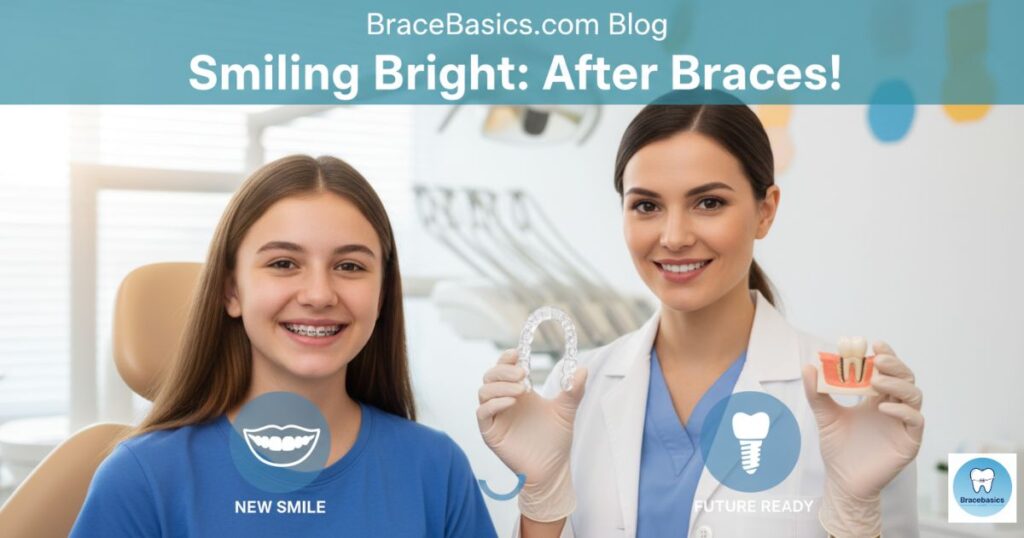
After braces, replacement is essential. Depending on your case, you might get a dental implant, bridge, or partial denture. Think of braces as the frame; the replacement tooth completes your masterpiece.
Proper retainer use keeps teeth stable post-treatment, while dental restoration after braces guarantees long-lasting results and prevents further tooth gap recurrence.
How Braces Protect Your Oral Health (Even With Missing Teeth)
Braces do more than straighten — they protect your oral health. They correct jaw alignment, prevent tooth movement, and enhance dental spacing for easy cleaning. This reduces gum disease risks and keeps your bite healthy.
Beyond beauty, braces restore your mouth’s function and help you chew, speak, and smile with confidence every day.
When to Consider Braces With Missing Teeth
If you notice tilted teeth, changing bite, or visible gaps, it’s time for an orthodontic evaluation. Early orthodontic consultation can prevent future complications like enamel wear or tooth instability. The sooner treatment begins, the better the results.
Orthodontists tailor each orthodontic treatment plan to your exact dental condition, ensuring both function and aesthetics are perfectly balanced.
Alternatives If You Don’t Want Braces
If braces aren’t your choice, aligners, veneers, or partial dentures can improve your smile. However, they mostly focus on appearance, not true bite correction. Only braces ensure tooth stability and precise space maintenance in teeth.
A consultation with an orthodontist clarifies which path offers your best long-term dental alignment and health benefits.
FAQs
Can you still get braces if you have a missing tooth?
Yes, you can still get braces even if you have a missing tooth. Braces for missing teeth help align the remaining teeth and prepare the space for a dental implant or bridge later. Orthodontists often use spacers for missing teeth to keep the gap stable and prevent nearby teeth from drifting into it.
How much do braces cost with missing teeth?
The cost of orthodontic treatment with missing teeth depends on how many teeth are missing and the complexity of the case. On average, braces with missing teeth can cost between $3,000 and $8,000. Sometimes, extra procedures like tooth replacement planning or dental restoration may increase the total price.
How do braces work with missing teeth?
Braces for adults with missing teeth or children with missing teeth use gentle pressure to move the existing teeth into the correct position. If a gap needs to be kept open for a dental implant, the orthodontist uses orthodontic spacers or retainers to hold that space until the implant is placed. This ensures proper bite correction and long-term tooth stability.
How many teeth are needed for braces?
You need enough teeth to anchor the orthodontic appliances and allow controlled tooth movement. Usually, a person should have at least 20 permanent teeth before getting full braces. However, in the mixed dentition stage, children can still get early orthodontic evaluation to guide proper tooth eruption and jaw alignment.
Key Takeaways
Missing teeth shouldn’t stop your journey toward a perfect smile. Braces for adults with missing teeth or kids can close gaps, protect your jaw bone, and prepare for lasting restorative dentistry. Braces don’t just straighten — they rebuild confidence.
So, can you get braces with missing teeth? Absolutely. With the right orthodontic treatment, your dream smile is just a few appointments away.
References
Houston Orthodontics – Can You Get Braces with Missing Teeth?
Dutchess Orthodontics – Braces or Invisalign with Missing Teeth
Richardson Orthodontics – Braces with Missing
Fish Orthodontics – Braces for Adults with Missing Teeth

Hi, I’m Dr. Martin, the founder of BracsBasics.com. With years of experience in orthodontics, I’ve made it my mission to simplify braces care for patients of all ages. Here, you’ll find easy-to-understand advice, practical tips, and reliable resources to make your braces journey smoother, healthier, and stress-free. My goal is to help you smile with confidence every step of the way.
